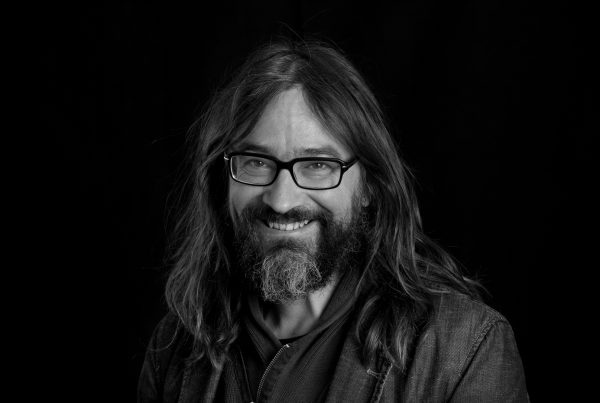– Schultz CL, Gray J, Verweij RA, Busquets-Fite M, Puntes V, Svendsen C, Lahive E & Matzke M 2018, ‘Aging reduces the toxicity of pristine but not sulphidised silver nanoparticles to soil bacteria’, Environ Sci-nano, 5, 11, 2618-2630.
– Bastus NG & Puntes V 2018, ‘Nanosafety: Towards Safer Nanoparticles by Design’, Curr Med Chem, 25, 35, 4587-4601.
– Makama S, Kloet SK, Piella J, van den Berg H, de Ruijter NCA & Puntes VF et al. 2018, ‘Effects of systematic variation in size and surface coating of silver nanoparticles on their in vitro toxicity to macrophage RAW 264.7 cells‘, Toxicological Sciences vol. 162, 1, 79-88.
– Boraschi D, Swartzwelter B, Melillo D, Marino R, Della Camera G, Barbero F, Puntes V & Italiani P 2018, ‘Evolution of innate immunity, lessons learned for assessing safety and efficacy of nanomaterials and nanodrugs’, Isj-invertebrate Survival Journal, 15, 116-117.
– Russo L, Merkoci F, Patarroyo J, Piella J, Merkoci A, Bastus NG & Puntes V 2018, ‘Time- and Size-Resolved Plasmonic Evolution with nm Resolution of Galvanic Replacement Reaction in AuAg Nanoshells Synthesis’, Chem Mater, 30, 15, 5098-5107.
– Ocal SK, Patarroyo J, Kiremitler NB, Pekdemir S, Puntes VF & Onses MS 2018, ‘Plasmonic assemblies of gold nanorods on nanoscale patterns of poly (ethylene glycol): Application in surface-enhanced Raman spectroscopy’, Journal Of Colloid And Interface Science, 532, 449-455.
– Schultz CL, Lahive E, Lawlor A, Crossley A, Puntes V, Unrine JM, Svendsen C & Spurgeon DJ 2018, ‘Influence of soil porewater properties on the fate and toxicity of silver nanoparticles to Caenorhabditis elegans’, Environ Toxicol Chem, 37, 10, 2609-2618.
– Russo L, Puntes V & Merkoçi A 2018, ‘Tunable electrochemistry of gold-silver alloy nanoshells’, Nano Research, vol 11, pp-6336-6345.
– Casals E, Gusta MF, Montana L, Mendoza M, Maiz N, Carreras E & Puntes V 2018, ‘Nanotechnology for Maternal Foetal Medicine‘, Int J Ped & Neo Heal. vol. 2, pp. 57-66.
